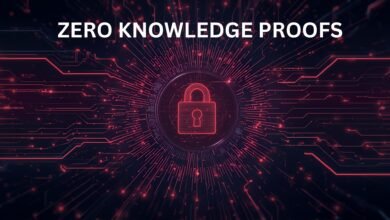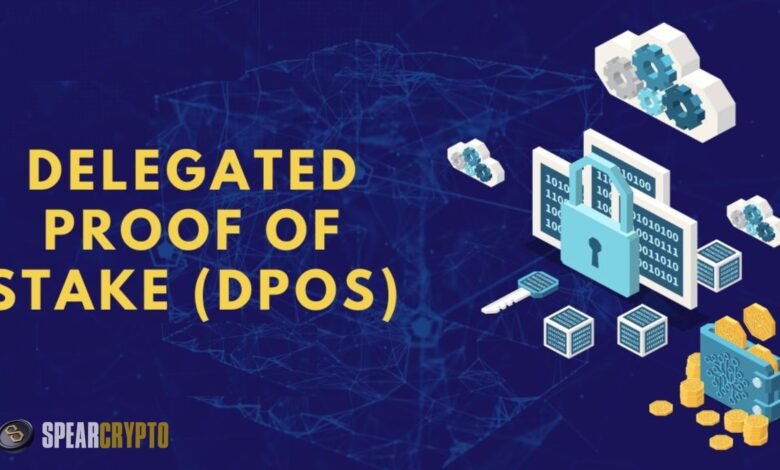
Delegated Proof-of-stake (DPoS). Thanks to its distributed ledger and consensus processes, blockchain technology has completely changed how we think about and deal with online transactions. By using these decentralized procedures, the main goal of a blockchain is to eliminate the need for a central authority to oversee the recording of transactions and other data. Network nodes validate transactions and add them to the chain as new blocks instead; this is how the consensus mechanisms work.
One technique that has grown in popularity among the several consensus algorithms is delegated proof-of-stake (DPoS). DPoS is an alternative to the traditional PoS consensus method. 2014 Daniel Larimer proposed the DPoS idea to make the classic PoS consensus method more efficient and scalable. In 2015, Larimer brought DPoS to life by introducing BitShares after initially sharing his vision in a Bitcointalk forum post.
With this, decentralization of power (DPoS) in blockchain technology was born, and subsequent projects like Eos and Steem were able to implement it. Eos conducted one of the biggest initial coin offerings (ICOs) in the cryptocurrency market in 2017, which brought major attention to DPoS. Eos used the consensus method to achieve high performance and decentralized governance.
How is DPoS Different from Other Consensus Mechanisms like PoS?
DPoS is more democratic and scalable than regular PoS since it uses a voting system to select delegates for block validation. Understanding how consensus is reached is crucial for comprehending all consensus procedures. There are a few techniques for blockchain networks to achieve consensus, while the Bitcoin blockchain offers the first, which uses proof-of-work (PoW). In 2012, a scholarly article introduced PoS. The authors, Sunny King and Scott Nadal set out to address the issue of excessive energy use in Bitcoin mining by creating a new consensus process.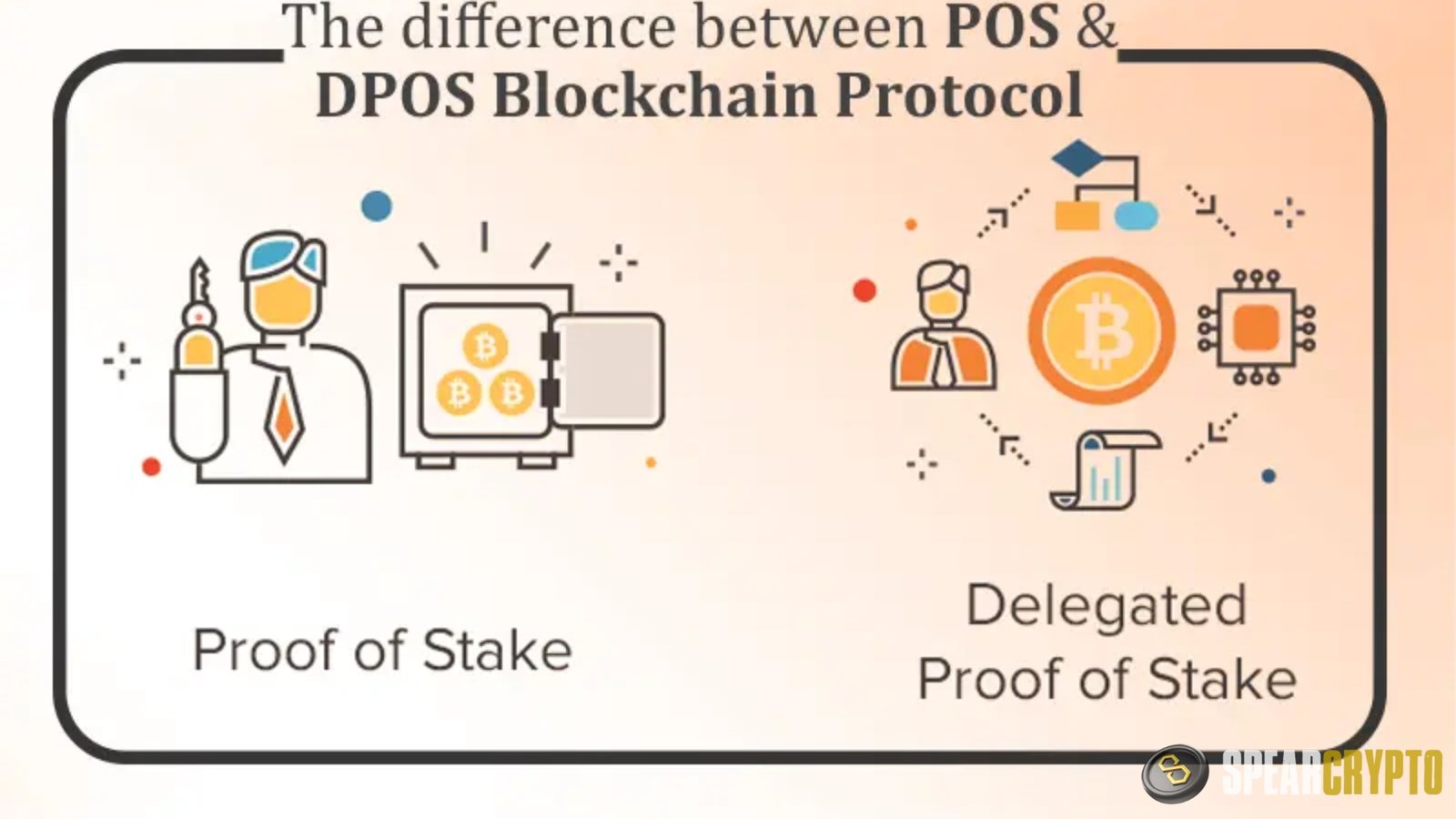
In 2022, the Ethereum ecosystem embraced PoS, a widely used consensus mechanism. Over time, different secure variants of PoS, such as PoS-PoW hybrids, pure PoS, and delegated PoS, began to appear. Network users in a delegated proof-of-stake (DPoS) system cast ballots to choose which witnesses or block producers will be authorized to validate blocks. By distributing the authority to validate transactions among elected representatives instead of a small group of wealthy stakeholders, this democratic approach seeks to remedy several shortcomings of the conventional PoS algorithm.
This means that DPoS differs from standard PoS in that token holders can choose delegates to validate blocks instead of stakeholders doing it directly. Network users in a delegated proof-of-stake (DPoS) system cast ballots to determine which witnesses or block producers will be authorized to validate blocks. The goal of this democratic method is to solve several problems with the traditional PoS algorithm by distributing the authority to verify transactions among elected officials instead of a small group of wealthy people. The DPoS protocol simplifies the block validation procedure, speeding up transaction confirmation. The small number of elected delegates further improves the network’s scalability.
How Does DPoS Work?
Voting, delegation, and validation form the backbone of DPoS’s process. Adding an election mechanism, DPoS improves the conventional PoS system by letting network users choose delegates to validate and create blocks. Voters, witnesses (or block makers), delegates, and validators are the four leading players in this process.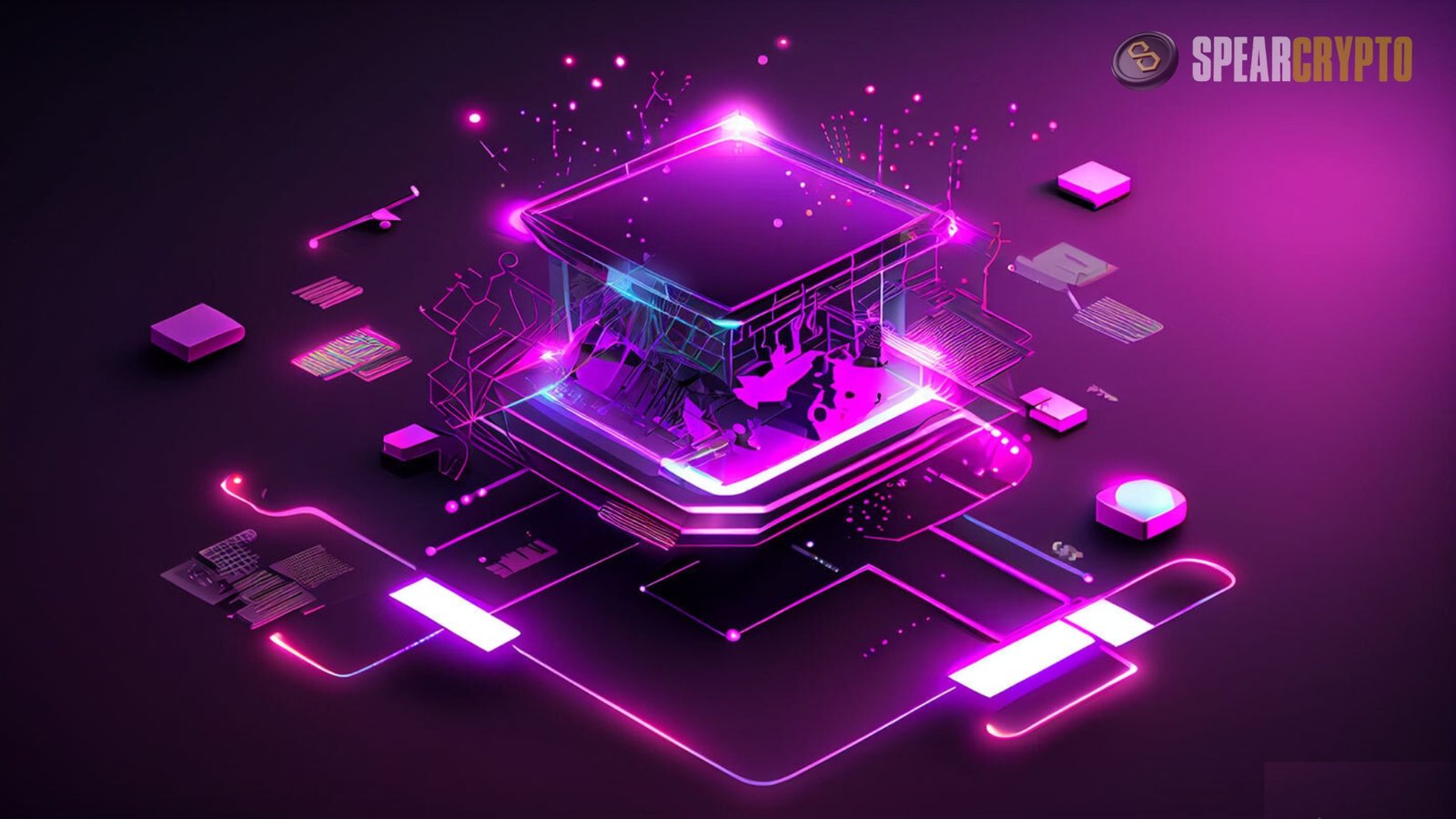
Voters
There is no minimum stakeholder token requirement to participate in a decentralized proof-of-stake (DPoS) system; any network participant holding any quantity of the native token can become a voter. Voters participate in the network’s governance by electing witnesses and delegates and in decision-making procedures through governance proposals. A user’s influence grows in direct correlation to their token holdings, indicating that those with more tokens have a more significant say in the matter.
Any eligible voter can cast a ballot or designate another person to do so on their behalf. Because these individuals or organizations play a vital role in block production, choosing witnesses or block producers is their principal duty. Voters are encouraged to select candidates that they can trust to keep the network running smoothly and securely.
Witnesses (block producers)
The nodes chosen by token holders to verify transactions and generate new blocks are called witnesses or block producers. Because they verify the authenticity of transactions, these organizations are critical to the blockchain’s functionality. Witnesses usually split the block rewards with the voters who backed them after ascertaining all the block transactions.
Witnesses will lose their reward and miss the block if they do not validate transactions in the given period. When one witness fails to verify a block, the lost reward is typically passed on to the next witness, who does so successfully. Both voters and witnesses have an incentive to be truthful under this system; voters want to elect witnesses they can trust to reap the most benefits, while witnesses wish to keep their credibility to get more votes.
Delegates
Delegates elected by the voters oversee the DPoS governance duties. Instead of witnesses who concentrate on block production, delegates are responsible for suggesting adjustments and enhancements to the network. Some examples of such suggestions include changing block rewards or changing block sizes.
All network members must vote on a delegate’s proposal before it can be implemented. The delegates’ job is to help make improvements that the community votes on; they don’t have the power to change the system themselves. Having several responsibilities helps keep the government from becoming too centralized and unbalanced.
Validators
Validators, who are full nodes, check blocks generated by witnesses to ensure that they follow the rules of consensus. Unlike witnesses, anyone can sign up to be a validator, and there is usually no monetary reward for doing so. Validators are vital to securing the blockchain by ensuring each block follows the specified protocols.
Incentives and Governance Mechanism in DPoS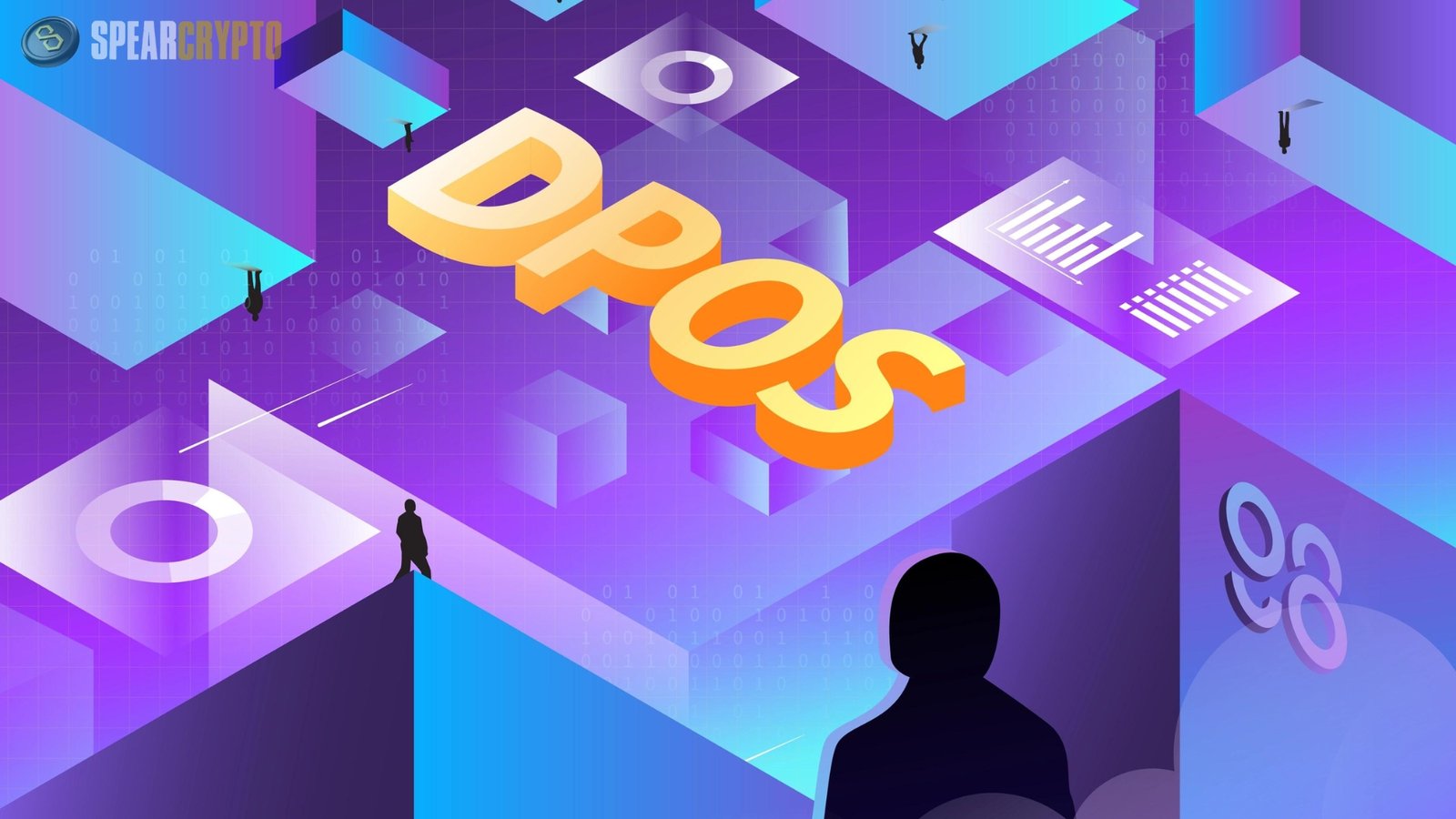
Through the DPoS mechanism, all parties involved are incentivized to foster a safe and effective network. If voters want to increase their benefits and ensure the network’s security, they should choose qualified delegates and witnesses. Thus, to keep their positions and benefits, witnesses and delegates have an incentive to behave in the network’s best interest and preserve their reputation.
The capacity to replace underperforming or malicious individuals and the continual voting process achieve a dynamic and resilient governance architecture. This method promotes active participation from the community and maintains a fair distribution of decision-making authority.
Advantages of DPoS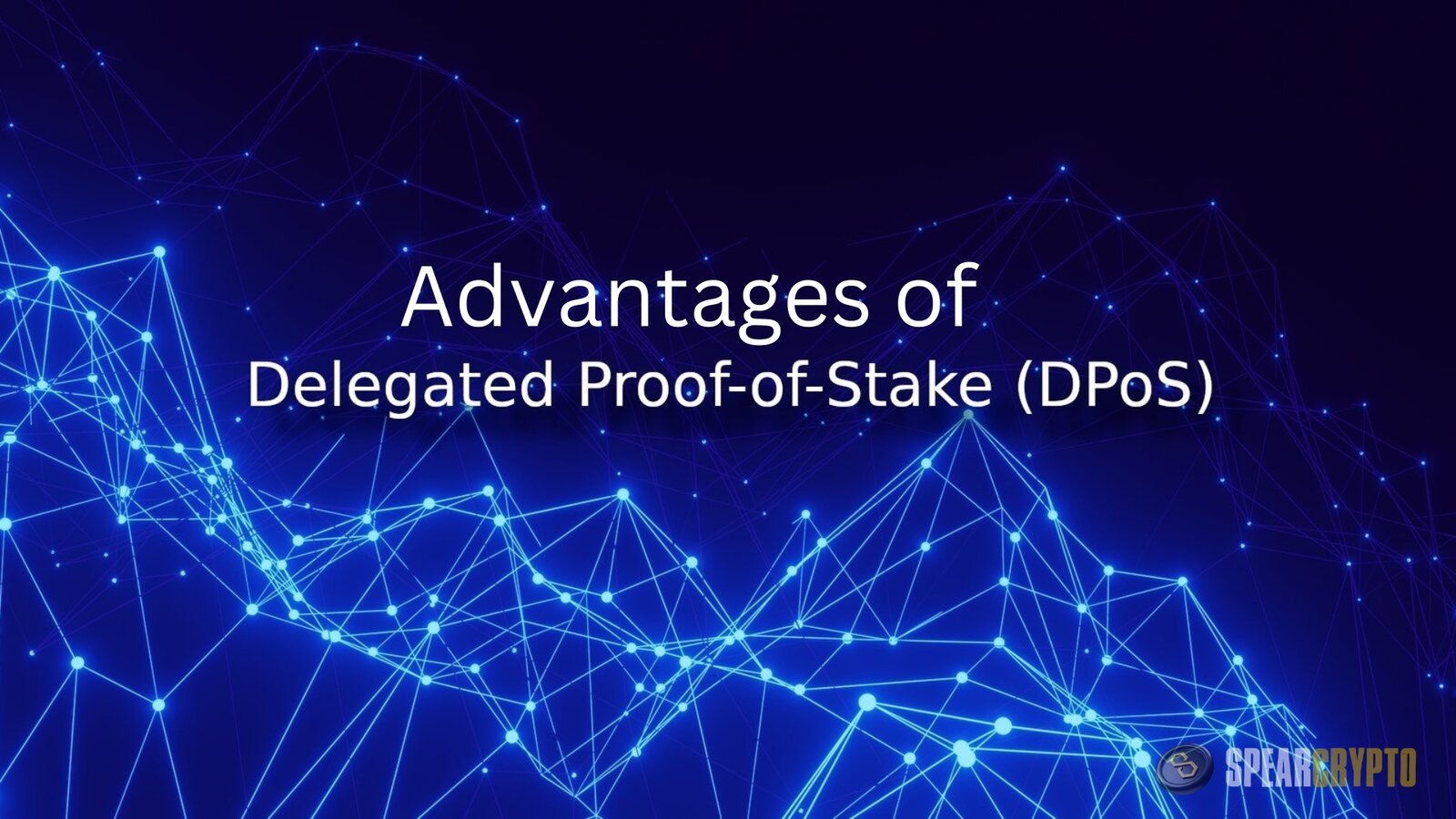
DPoS is the consensus method of choice for some blockchain projects because of its many advantages over alternatives. The governance and performance of blockchain networks are both improved by DPoS’s many noteworthy benefits. Its accessibility is one of its main advantages. Any user with a native token can cast a vote and become a delegate in DPoS, in contrast to PoW systems that necessitate a lot of processing power and specific hardware. A wider variety of people can engage in the consensus mechanism thanks to this low barrier to entry, which creates a more inclusive network.
Scalability is another significant benefit of DPoS. It is reducing the number of delegates charged with block production results in faster consensus, better network performance, and increased transaction throughput. Also, unlike PoW systems, DPoS doesn’t use a lot of energy, so it’s better for the environment. The increasing need for environmentally friendly technology aligns with this sustainability feature.
Even more so, DPoS encourages a decentralized type of government due to its democratic character. Delegates are held accountable to the community, and stakeholders can actively engage in decision-making through the continuous voting process. Improving the blockchain’s overall durability and facilitating its evolution, this dynamic governance framework enables quick adaption and implementation of network enhancements.
Limitations of DPoS
DPoS has limitations and difficulties that outweigh its numerous benefits. The risk of oversimplification is a significant worry. Despite DPoS’s best intentions, a small number of delegates can unintentionally amass a disproportionate amount of influence.
Due to the limited number of delegates, there is a possibility that a small number of chosen delegates could control the network, causing centralization problems comparable to those in traditional PoS systems. Due to this concentration of power, the network becomes more susceptible to conspiracies and harmful actions.
Also, DPoS necessitates very informed and engaged voters. Voters’ knowledge of the candidates and their records is crucial to the system’s efficacy. However, the overall resilience of the consensus mechanism could be diminished if smaller stakeholders believe their votes are unimportant and opt not to participate.
In addition, there are security issues regarding the reliance on a small number of delegates. A 51% assault, which might be carried out if the majority of delegates conspire or behave maliciously, could compromise the security and stability of the network. Due diligence and community involvement are required to address this weakness and guarantee the ongoing selection of trustworthy delegates. One development in blockchain consensus algorithms is DPoS. As blockchain technology develops, the need for decentralized governance and rapid block validation arises. DPoS attempts to provide that framework.






